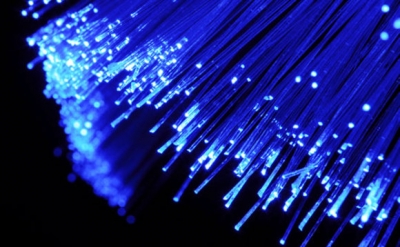
Telephone cables carrying messages at the speed of light have given a new lease of life to telecommunications. The amount of information now transmitted – telex, fax and computer data as well as telephone calls – was straining the copper-cable system to the limit. Fibre optic cables, with thir high capacity, small size and freedom from electrical interference, are the key to development.
The first uses of optical fibres was in medicine in 1955, for lightning up parts of the inside of the body. The light loss through the fibres was at first too great for many other uses. But in 1966, Dr Charles Kao and Dr George Hockham, two scientists working in Britain at the Standard Telecommunications Laboratories, discovered that the loss was due to impurities in the glass. By 1970, due to impurities in the glass, Corning Glass, had produced fibre optics good enough to transmit telephone signals.
Fibre-optic cables are now gradually replacing copper ones between exchanges. The first transatlantic fibre optic cable, TAT-8 – jointly laid by American, French and British companies – began service in 1988, its capacity of around 40,000 simultaneous telephone calls is three times as great as the seven existing copper transatlantic cables put together.
Picture Credit : Google

